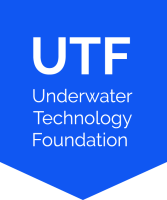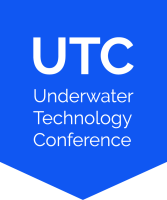Simplified single slot tie-backs cuts developments costs by 60%
Standardization has its clear benefits to take down cost in subsea developments. But sometimes standardization could also hinder better solutions and innovation to be leveraged for even further cost savings and project optimizations.
Four corner suction pile template solutions have become industry standard causing heavy subsea structures requiring both considerable fabrication and installation efforts. Reason for this style of solution are likely many and involves stability, inclination requirements, ease and experience of installation, washout around structure during drilling and impact load requirements are some of the core elements.
Refining these solutions down to single pile single slot solutions holds a significant optimization potential that can still maintain sufficient structural support and allowing same functionality as current standard building blocks.
Simplification like this will reduce manufacturing time, installation time and finally time to first production. Bonus effects would be in terms of reduces EHS risk both during structure fabrication, installation and later in the first drilling phase. Not to forget the reduced emissions caused by reduced steel volume and smaller and more environmentally installation vessles.
This paper will compare current standard building blocks with such optimized single slot solutions and provide a review of how sufficient installability, inclination, washout resistance and structural strength can be maintained considering requirement set forth in NORSOK, and how the cost reduction of this simplification can be of this magnitude.
A CAN technology is the structural foundation for this well construction. Smaller marine vessels can be used for installation and recovery. Therefore, instead of drilling a 36’’ (42’’) hole, running the conductor and carrying out cementing operations, a vessel is used to install the CAN-integrator ahead of the rig arrival. All this allow for considerable reductions in CO2 emissions due to reduced drilling/use of rig, less steel and no cement used. On top of this, no drill cuttings are spilled to seafloor during installation, and no chemicals used in form of mud nor cement.
With a seamless integration of lighter satellite SPS equipment further total reductions in CO2 emissions will be obtained totaling to a reduction of up to 60% in weight and CO2 reductions compared to standard template solutions.
In summary these advantages result in increased efficiency, shorter project execution time, faster time to first oil, reduced operational risk and lower cost ultimately lowering the CO2 footprint up to 60% of any field development.
Satellite tie-back solutions with reduced CO2 emissions and a smaller environmental footprint
A CAN technology is the structural foundation for this well construction. Smaller marine vessels can be used for installation and recovery. Therefore, instead of drilling a 36’’ (42’’) hole, running the conductor and carrying out cementing operations, a vessel is used to install the CAN-integrator ahead of the rig arrival. All this allow for considerable reductions in CO2 emissions due to reduced drilling/use of rig, less steel and no cement used. On top of this, no drill cuttings are spilled to seafloor during installation, and no chemicals used in form of mud nor cement.
With a seamless integration of lighter satellite SPS equipment further total reductions in CO2 emissions will be obtained totaling to a reduction of up to 60% in weight and CO2 reductions compared to standard template solutions.
In summary these advantages result in increased efficiency, shorter project execution time, faster time to first oil, reduced operational risk and lower cost ultimately lowering the CO2 footprint up to 60% of any field development.
Vidar Strand
Vidar Strand holds a bachelor in mechanical and material engineering from the Univeristy of Stavanger.
He is currently Business Development Officer at Neodrill and has held various positions in the oil & gas industry over the last 25 years including being the section chair of SPE in Stavanger from 2019-2023





















